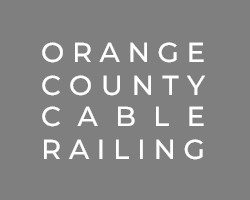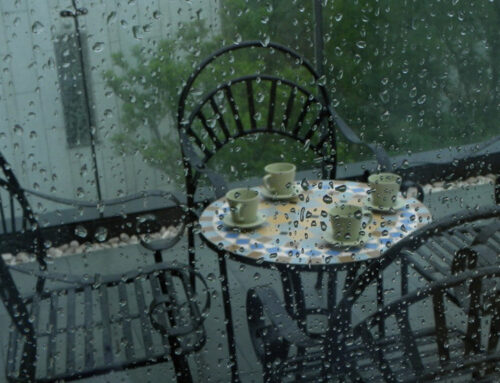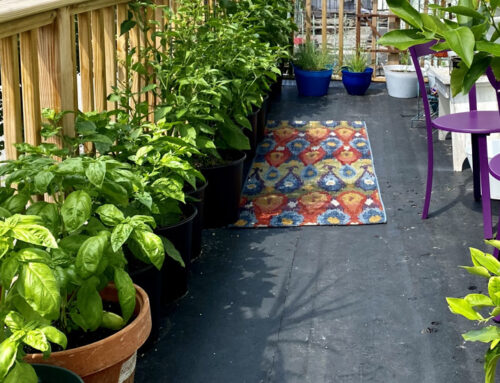Buildings with balconies are extremely common, especially in large cities with residential apartment complexes. However, if you are just moving into a new home and notice a balcony, you may be wondering about the safety of that particular structural addition.
Balconies can fail, and a fall from even the second story of a building can be extremely dangerous. Not to mention, a balcony that is failing can be a danger to anyone walking below.
Proper Construction
Balconies can be constructed from a wide range of different materials including concrete, wood, and metal. The material used will depend on a few factors such as where the balcony is being constructed, how old the balcony or building may be, and the financial stability of the homeowner or property owner.
The best way to ensure your balcony is safe is by having a professional inspect the construction and stability. These professionals will inspect the construction material, connection hardware, and railings to give you a better idea of what is structurally sound, and what may need repaired or replaced.
Balcony hardware is extremely important when it comes to structural stability. Wooden balconies made with nails instead of screws will not meet building codes. Nails will not offer the same grip as a screw, and will eventually become loose as the balcony is used.
Construction material is another main factor to consider. Many balconies are made from metal or concrete, especially those on large apartment complexes. Both of these materials are cost effective and are suitable for use in a variety of different climates.
Wood will be the first material to fail as, over time, it can become damaged by bugs, may become rotted from humidity and moisture, or can start to split due to the expansion and contraction from changing seasonal temperatures.
Railings have their own set of building codes to meet. This normally requires the height of the railing to be at least 36 inches, however 42 inches may be required in some cases. Unfortunately, for apartment buildings with dozens of different balconies, the railings may not be up to code.
Ongoing Maintenance
Once you have moved into a home with a balcony, it’s important to keep up with regular maintenance. Having the balcony inspected when you first move in can give you a peace of mind, as well as make you aware of trouble spots to keep an eye on.
Some of the most important areas to keep an eye on are the connection points where the balcony is attached to the building itself. These may be done by nails, screws, brick anchors, or other means of attachment.
Over time and as the balcony is used more and more often, these areas can start to crack, become loose, or show signs of general wear. If you notice any concrete or brick crumbling, notice wood cracking, or see hardware that is loose or falling away from the building, it’s time to call a professional.






